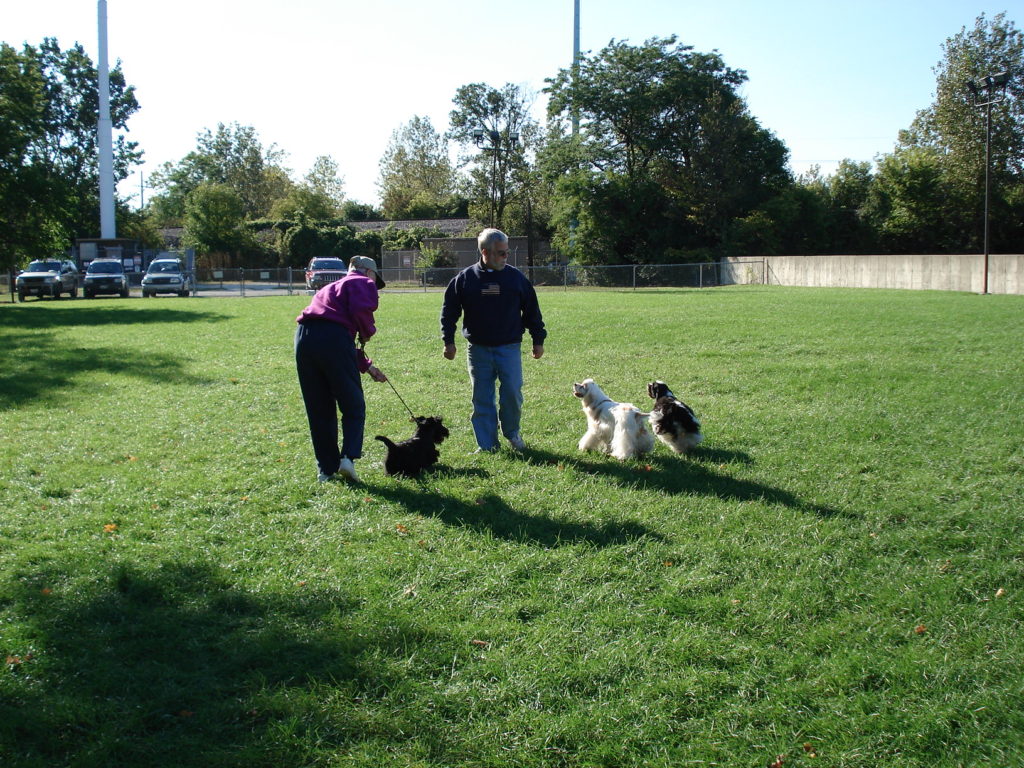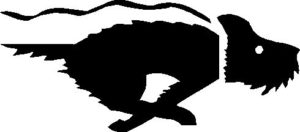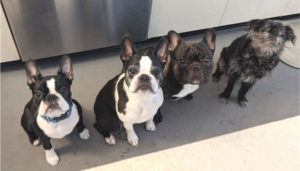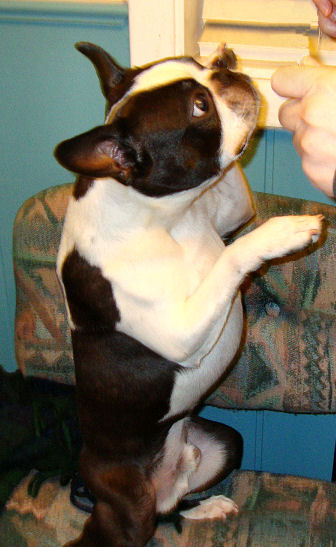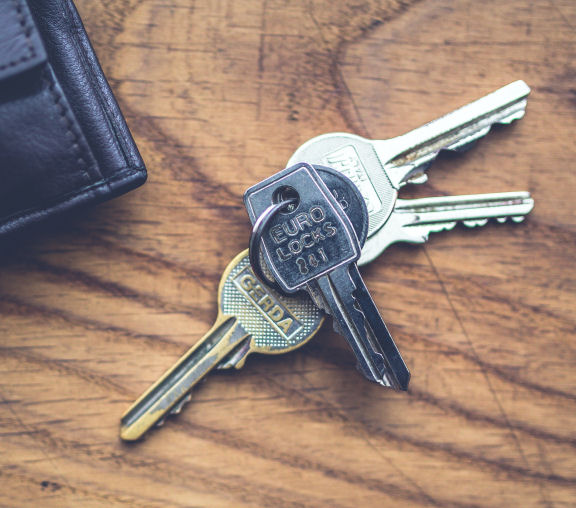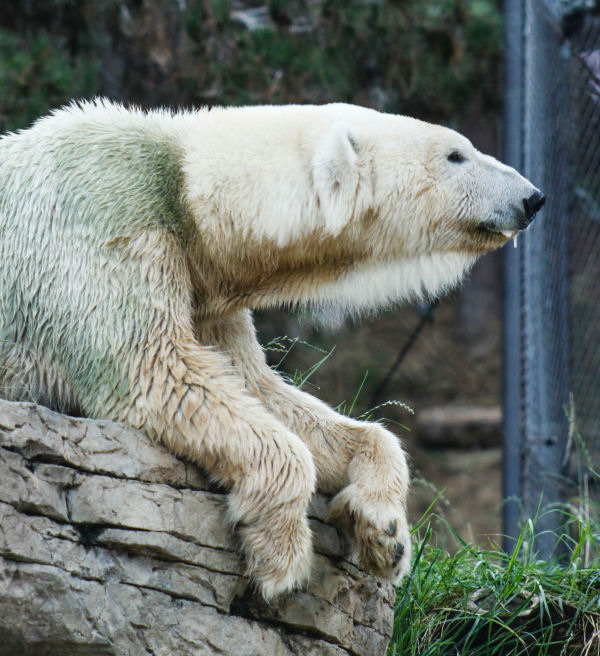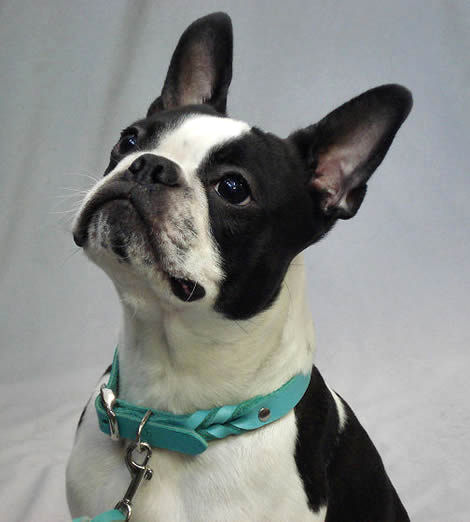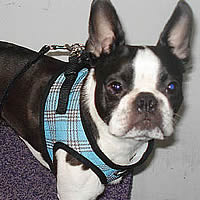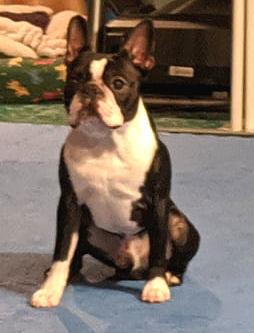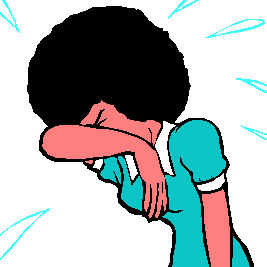Want to take great dog pictures?
Turn “posing” into a training game!
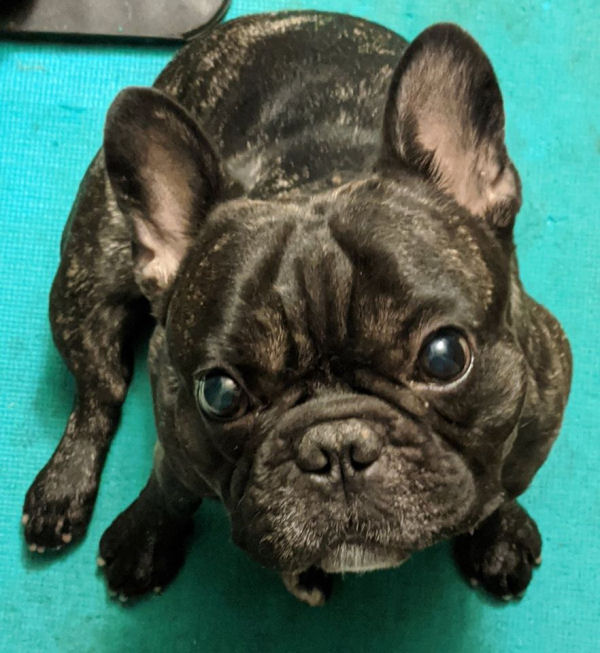
If, like us, you have a dog that turns away every time a camera (or phone) is pointed at him, you know it can be challenging to get great pictures. Especially if, like ours, your dog is a dark color.
We don’t know why Torque tends to be camera-shy, but he is. So when we want to take his pictures, we make it part of a training game. That boy is all-in for any training game!
Move around
When starting the “pose” game, the first step is to have your dog stay in place while you’re moving around. Ask for your dog’s best position (sit or stay). Grab a handful of treats. Then start moving! As long as your dog stays in place, go back and reward every couple of steps. When you run out of treats, use your dog’s release word, and done!
When your dog is comfortable with your movement, try carrying your phone or camera with you while you move. Fake (or really) take pictures, stopping your motion, clicking the shutter, then moving again.
Get down
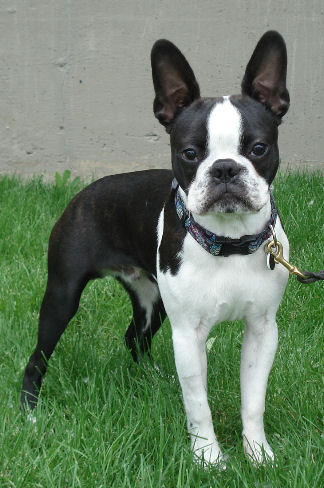
We’re really short people, but we’re still much taller than our dogs. We’re even taller than our friends’ big dogs. The result is that most dog pictures are taken from above, and don’t show dogs’ real expressions.
The answer is to get down to a level even with your dog’s head. Then your dog’s face will show a natural expression – which is the one you know, love, and want to keep forever in good pictures.
The problem with getting down at your dog’s level is that it’s an unusual move for most people, and your dog won’t understand what you’re doing. If your dog is like ours, they’ll see it as an invitation to get up in your face and either lick, play, or have a “nutsy puppy” episode.
If this happens for you, make getting down to dog level part of the motion sessions. Your movement doesn’t have to be all standing up. Try crawling, kneeling, squatting and reward your dog for staying in place.
Look at everything
Aside from dogs not staying still, the biggest obstacle to getting a good portrait of your dog is clutter. Before you ask your dog for the sit or down, check the area you want to take the portrait. Frame it in your phone and look at every part of the area. Are there verticals that will give your dog antennae? Is there something bright or distracting in the background? Either shift where you’re working, or remove the object.
Lastly and most delicately
People with girl dogs don’t have this particular issue, but for those of us with boys – no one wants to see your dog’s boy bits in every picture. Three-quarter poses are excellent for using front legs as visual blocks. Over the years, with mostly boy dogs, we’ve become adept at hiding bits and we know you can, too!

